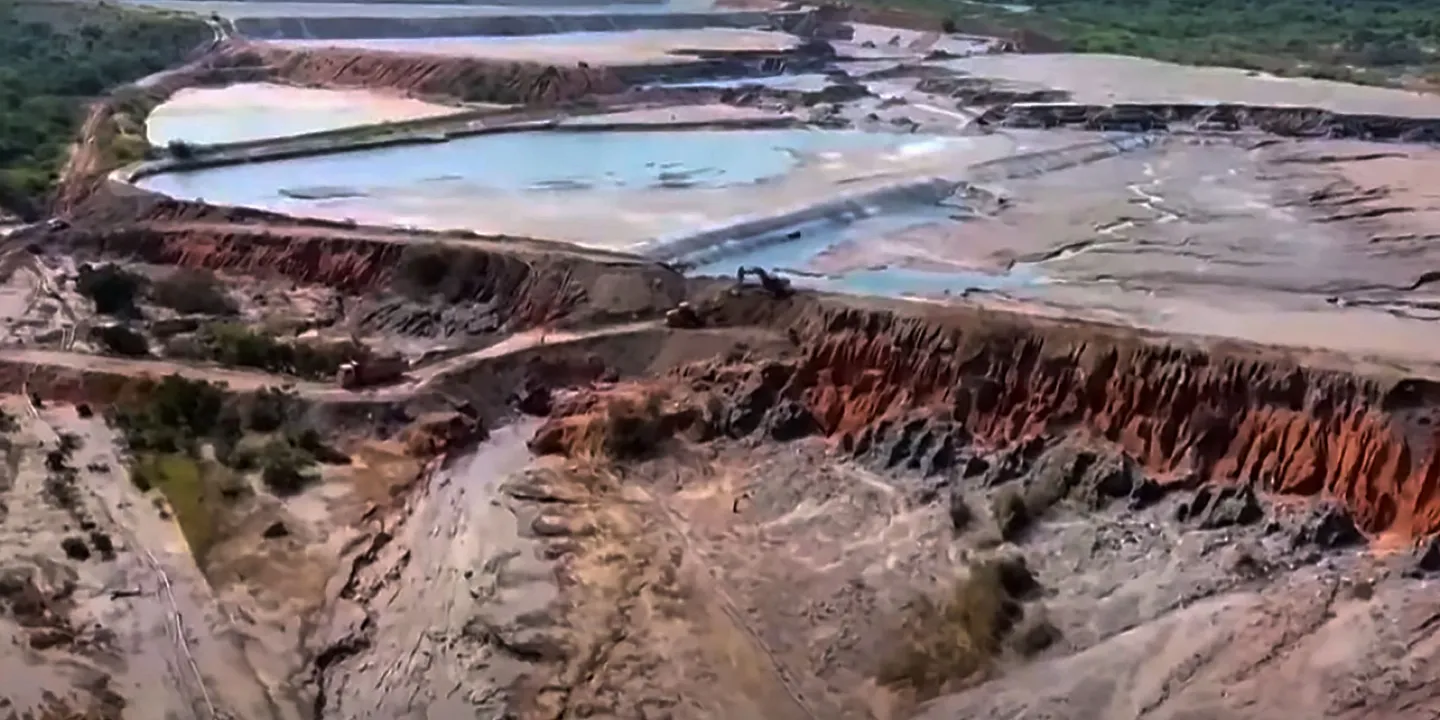Kwacha Support via Infrastructure Execution
Zambia leans on China-backed water capex as USDZMW=X steadies near 23 while HG=F tracks copper-driven buffers; local 10Y near 19–20% underscores execution risk even as inflation eases and reserves hold near four months.

Zambia’s decision to expand water and sanitation cooperation with China is a capital-allocation signal framed by constrained but improving macro conditions. The program—feasibility work on the Luapula–Kafue transfer plus prospective Lunga and Kifubwa dams—targets the economy’s most persistent supply shock: hydrology-driven power and food volatility.
The latest baseline projects real GDP growth of about 5.8% in 2025 after roughly 4.0% in 2024, while year-on-year inflation has slowed into the low teens. Reserves sit near four months of import cover, and the public-debt ratio is projected to edge down toward the low-90s percent of GDP through year-end as restructuring gains crystallize. The state’s objective is clear: add growth-relevant capital expenditure without reopening the cash deficit.
Mechanically, the cooperation functions as blended infrastructure finance that defers cash outlays while pulling forward supply-side relief. Hydropower shortfalls in drought years have cut generation by up to a quarter, forcing rationing that has shaved around one percentage point from annual GDP in adverse episodes. Inter-basin transfers and new storage lift baseload reliability, stabilize industrial hours, and support irrigation. The first-order effect is lower food-energy pass-through into CPI; the second-order effect is less emergency spending and fewer unplanned imports.
If firm-hour electricity availability rises by 5–10%, manufacturing and agro-processing output can add 0.3–0.5 percentage points, while improved sanitation reduces disease-related absenteeism and health outlays. Aggregated, these efficiency gains can narrow the structural primary deficit by a few tenths of a point—material when the overall deficit target hovers near 3% of GDP.
Markets are acknowledging stabilization but withholding a credit premium. The kwacha has firmed in October, with USDZMW=X oscillating around the mid-23s as FX supply improves and food imports moderate. Local duration remains expensive: the 10-year government yield prints near 19–20%, consistent with a high real-rate buffer while inflation decelerates. The 8.97% 2027 USD bond continues to trade in the mid-teens yield area, signaling that investors still want execution proof on capex, tariff reform, and operations and maintenance. Equity participation is selective, skewed to construction inputs and staples; utilities underperform given regulated tariffs and delayed cost recovery.
The China dimension is a shift from extractive megaprojects to social-utility assets with clearer welfare multipliers. Financing form will determine macro quality. A higher share of concessional or blended terms minimizes interest compounding and near-term cash calls; RMB-linked procurement chains could diversify currency exposure but import USDCNH basis risk into Zambia’s liabilities.
On the external account, copper remains the swing variable: COMEX copper (HG=F) strength compresses spreads via stronger fiscal buffers and FX inflows, while a stronger dollar (DXY) and higher global real yields can tighten domestic financial conditions and weaken the currency passively. The program’s strategic value is to compress Zambia’s growth volatility band by reducing blackout risk and smoothing agricultural output, thereby lowering the economy’s beta to climate shocks.
Set the forward tests in measurable terms across 2025–2027. Macro durability requires average CPI anchored near 12–13% while policy rates maintain a positive ex-ante real stance to protect the currency without choking private credit. External posture requires reserves at or above four months of imports with USDZMW=X contained in a 22–25 corridor, indicating capex-related import bills are financed. Market validation requires a 150–200 basis-point compression in the 10-year local yield and a move in the 2027 USD bond below 13% by the second half of 2026.
Operating metrics should show at least a 10% rise in regulated hydropower output and usable reservoir storage alongside expanded irrigated acreage that lifts agricultural value added by 0.5–0.8 percentage points per year. If these prints materialize, water capital becomes a fiscal stabilizer rather than a deferred liability; if not, spreads will widen, import cover will erode, and growth will revert to a drought-linked stop-go pattern.





